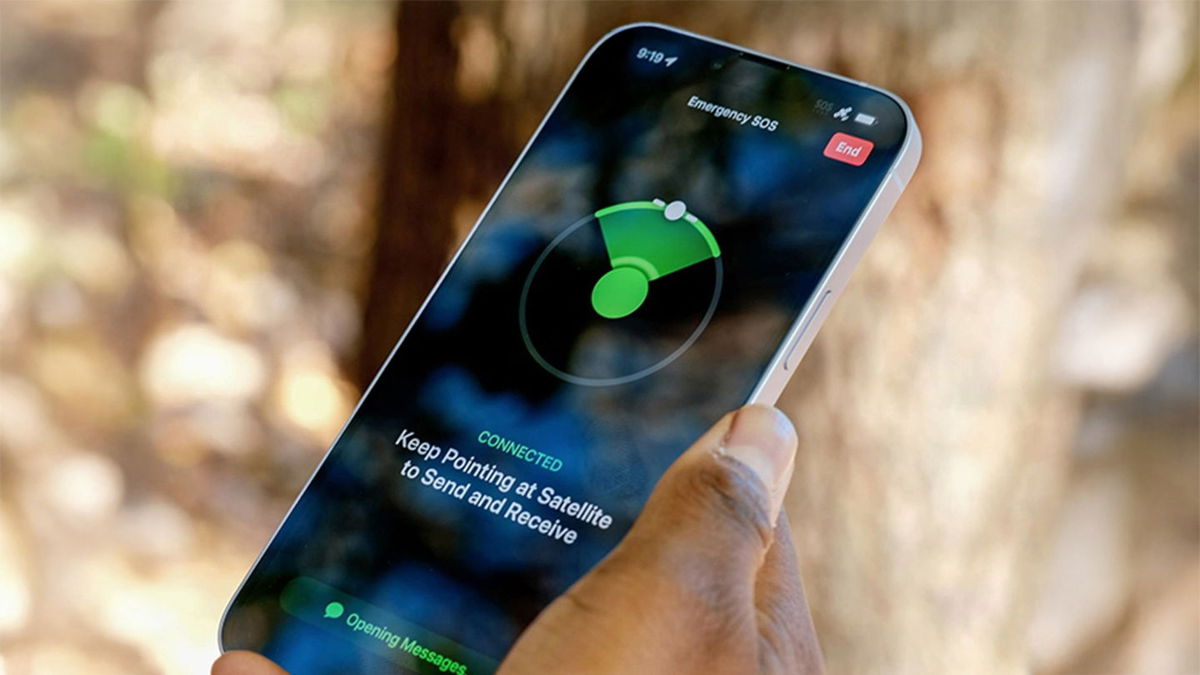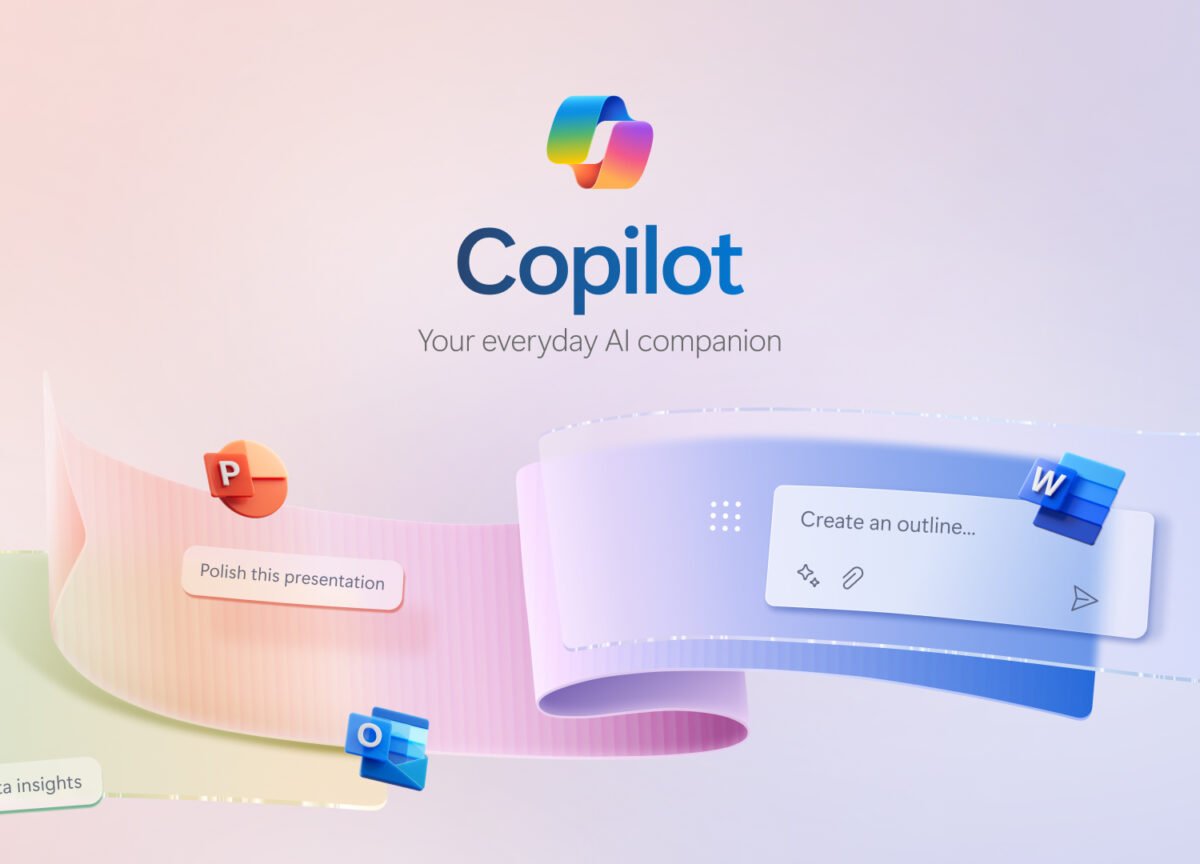Microsoft Copilot for Security uses artificial intelligence (AI) to improve the efficiency and capabilities of cybersecurity professionals.
With the ability to generate text, code, and insights, this tool is emerging as a catalyst for transformation, promising to optimize processes and redefine the way we work and innovate.
However, integrating Copilot into enterprise workflows also presents significant challenges around data security and privacy. After all, this powerful tool relies on a broad set of information to produce relevant and accurate results.
Below we will explore the complexities of security in the context of Copilot. Check it out!
How does Microsoft Copilot use data?
Copilot is powered by data, and its effectiveness depends on the ability to access and process relevant information from data. To function at its best, Copilot requires access to:
- User Data: profile information, interaction history, documents and other user-generated data;
- Organization details: corporate data such as emails, shared documents, and project information;
- Publicly available data: Publicly available data to improve your answers and provide up-to-date information.
To ensure data security, companies must implement clear information access and sharing policies. Access permissions to Copilot must be carefully managed, and users must be made aware of the importance of protecting confidential information.
Mindset changes for a proactive security culture with Copilot
Integrating Copilot into the workplace requires a paradigm shift in data security and privacy. It’s not just about implementing protective technologies, but also about cultivating a proactive and alert mindset across the organization.
Zero Trust
In this new scenario, the principle of “Zero Trust” is essential. Instead of automatically trusting any user or device within the corporate network, Zero Trust requires continuous verification and authorization for every access, regardless of its source.
This approach minimizes the risk of internal and external attacks by ensuring that only legitimate users and devices access data and resources.
Constant awareness
Employees are the first line of defense against cyber threats, so it’s crucial to invest in ongoing training and awareness programs, keeping them up to date on the latest attack tactics like phishing and ransomware, and security best practices like creating strong passwords and secure device management.
Security from the start
Security cannot be an afterthought. It is important to integrate it into all phases of the Copilot lifecycle, from planning and development to implementation and operations. This includes:
- Risk analysis: Identify and assess potential security risks associated with the use of Copilot;
- Safe design: Incorporate security principles into the design and development of Copilot, ensuring that the tool is resilient to attacks;
- Testing and validation: perform rigorous testing to identify and fix vulnerabilities before deployment;
- Continuous monitoring: Implement monitoring mechanisms to detect and respond to threats in real time.
Co-pilot data stream
The co-pilot, like any AI, needs to access and process a variety of information. So the vehicle learns and adapts to your working style, preferences and needs, accessing user data. This includes:
- Profile information: name, position, company, and other basic data to contextualize interactions;
- Interaction history: Copilot records your previous conversations and commands to better understand your intentions and provide more accurate responses over time;
- Documents and files: If you allow, Copilot can access your documents and files to provide insights and summaries, and even create new content based on them.
To integrate into your company’s workflow, Copilot may need access to enterprise data such as:
- Emails: analyze emails to provide summaries, reminders, and even suggest responses;
- Shared documents: access documents on collaborative platforms like SharePoint to provide relevant and contextual information;
- Project information: Integrate with project management tools to provide updates, insights, and assist with organization.
In addition to internal data, Copilot also leverages publicly available information on the internet, giving you access to the latest news, research and trends to provide relevant and accurate answers, answer complex questions and provide valuable insights.
Managing access in Copilot
Copilot’s ability to access and process data requires careful management of permissions and information sharing. Companies need to establish clear guidelines for what data Copilot can access and under what conditions.
Implement detailed access control mechanisms to ensure that the tool only accesses the data it needs to perform its tasks. It is also important to educate employees on the importance of protecting confidential information.
Technical and behavioral aspects of security
Protecting data in a Copilot environment requires a multi-pronged approach that encompasses both implementing robust security technologies and promoting a security-conscious culture among users.
From a technical perspective, data security in the context of Copilot is based on three fundamental pillars:
- End-to-end encryptionMinimizes the risk of intervention and unauthorized access by ensuring that data is protected both at rest (while being stored) and while being transferred (during transmission);
- Multi-Factor Authentication (MFA)requiring multiple forms of authentication, such as passwords, codes sent to mobile devices, or biometric recognition, to make unauthorized access more difficult, even if login credentials are compromised;
- Threat monitoring and detectionUsing advanced analytics and artificial intelligence to detect anomalous behavior patterns and potential threats in real time, enabling rapid and effective response to security incidents.
Data protection: the path to trust
As the developer of Copilot, Microsoft takes data privacy and security seriously. Users manage their information and choose how it is used, so privacy is respected.
As a strategic Microsoft partner, Dell Technologies offers a comprehensive set of solutions and services to help your organization implement Copilot securely and effectively.
Dell security experts can help you assess your specific risks, identify vulnerabilities, and implement security best practices to ensure your Copilot journey is secure from the start.
Dell Technologies offers a complete portfolio of security solutions for autonomous technology professionals. Explore the Dell Expert Network and help your customers succeed with the support of over 400 technology experts.
Source: Tec Mundo
I am a passionate and hardworking journalist with an eye for detail. I specialize in the field of news reporting, and have been writing for Gadget Onus, a renowned online news site, since 2019. As the author of their Hot News section, I’m proud to be at the forefront of today’s headlines and current affairs.










